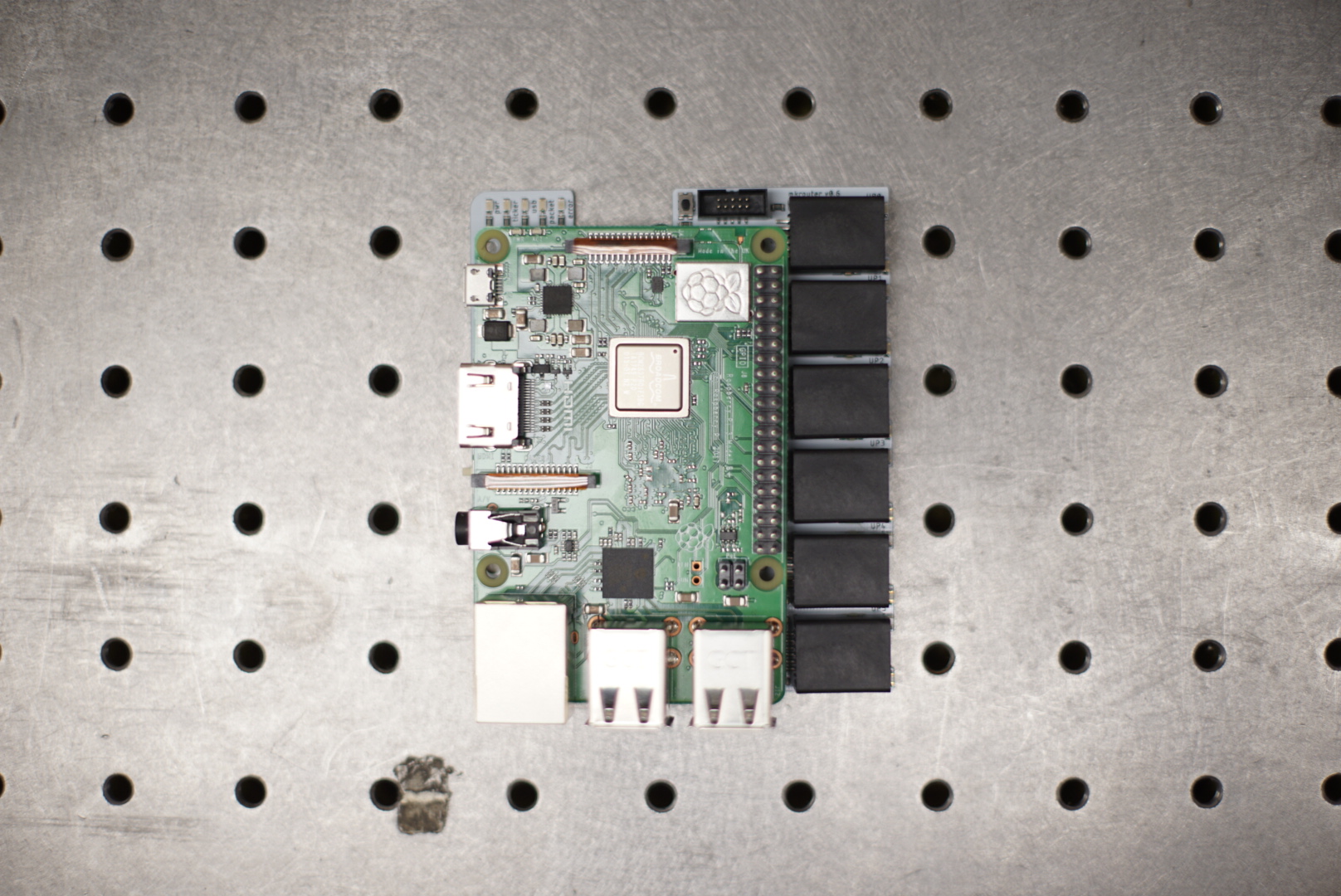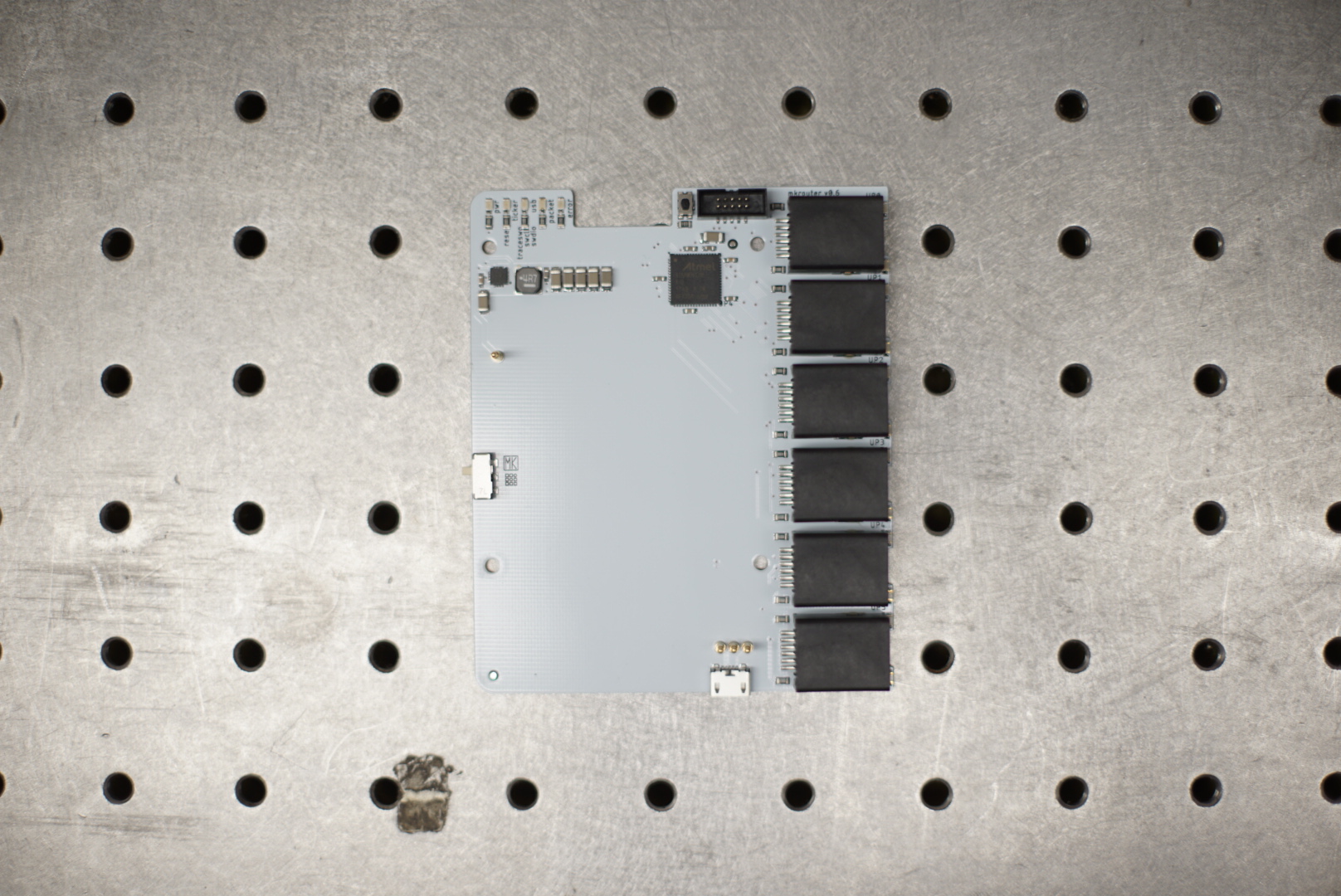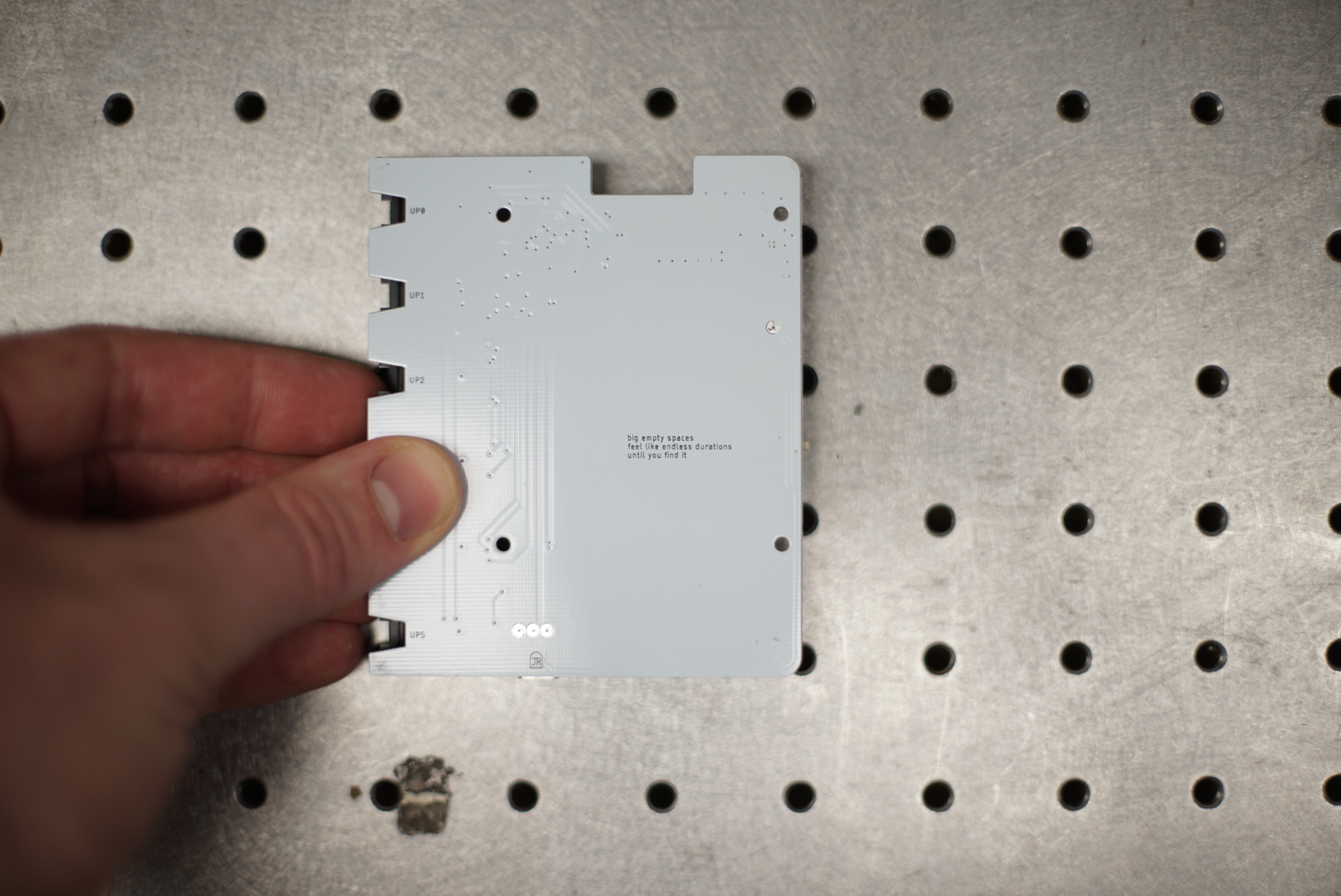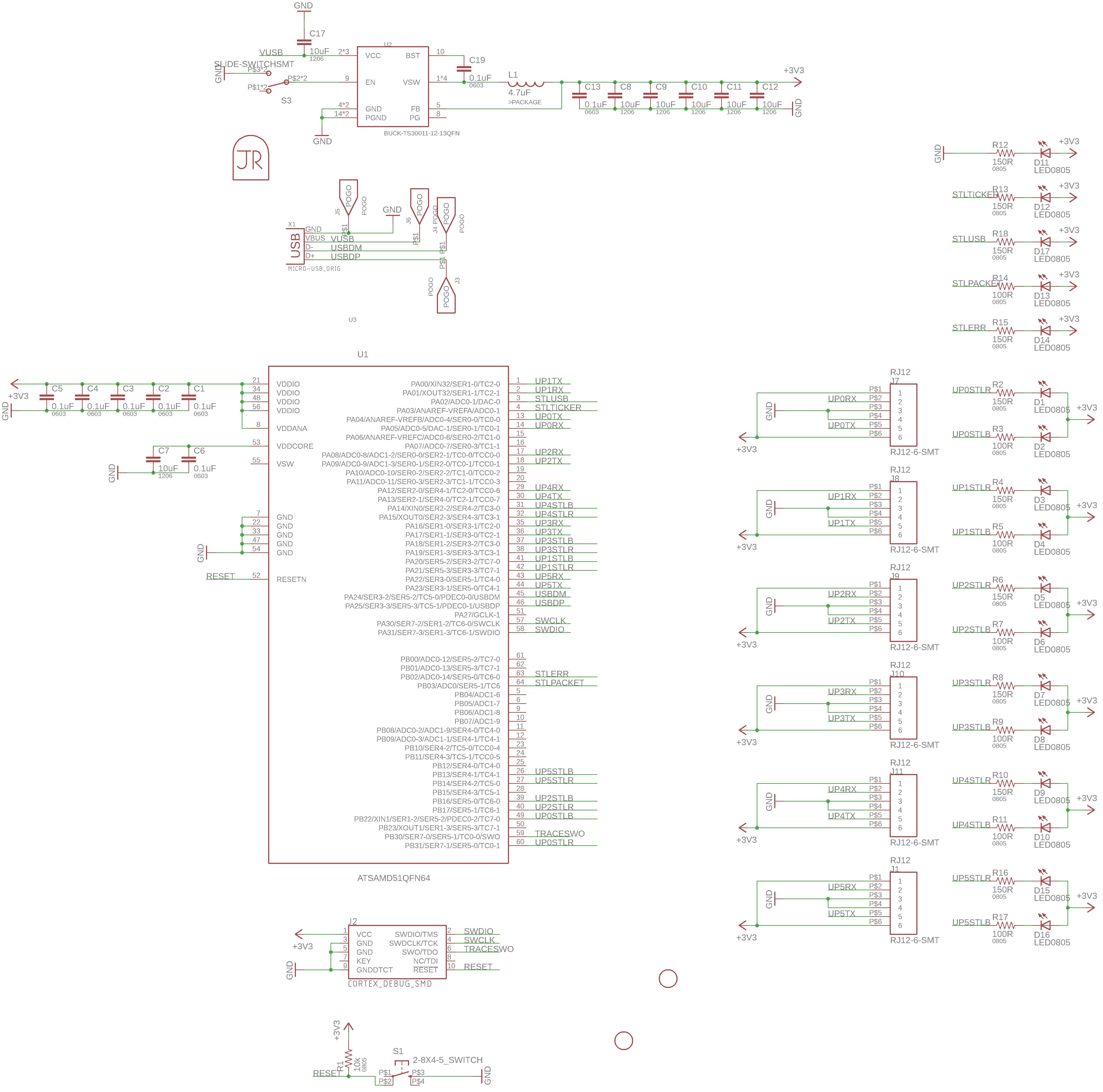-
Quentin Bolsee authoredQuentin Bolsee authored
Machine Kit Router
This is a message passing / compute center for machines, robotics.
Status
It works! If you have one, it should forward packets no problem. Let me know if you find weird errors...
Next Steps
Did a redesign for this using the ATSAMD51 and USB-Serial on-chip conversion so that networks can run at 1-3MBaud, not 0.1MBaud. That board is out to the house.
New Board
- is out to fab
Board Design
I use the ATSAMS70 micro, which is very fast but still simple enough. 300Mhz and the I/O we need.
That said, setting up the power schematic is messier than I would like. There's an internal regulator on the chip that is externally connected to a few 'vddcore' input pins (5), each of which needs a bypass cap. In addition, there are 5 vddio pins that supply voltage to the i/o lines. These also get bypass caps. This is 10 bypass caps. That is a lot to place right off the bat. In addition, there are some pesky vddpll lines that ask for filtered inputs from either the main line or the regulator, meaning I have now inductors and more bypass caps. Oh my. Here is the schematic checklist diagram:
To do nice ADC things I want a well stabilized vrefp and vrefn, I will neglect doing this with this chip.
Setting up the USB successfully is nontrivial, as it can be a properly high-speed differential line. I have bricked a few of these chips trying to implement the usb operation, so I'm going to skip most of this as well... Maybe breaking out the USBDM and USBDP lines just in case I get bored later, but I kind of doubt that.
So, here it is. I didn't ask for this complexity. grumbling





